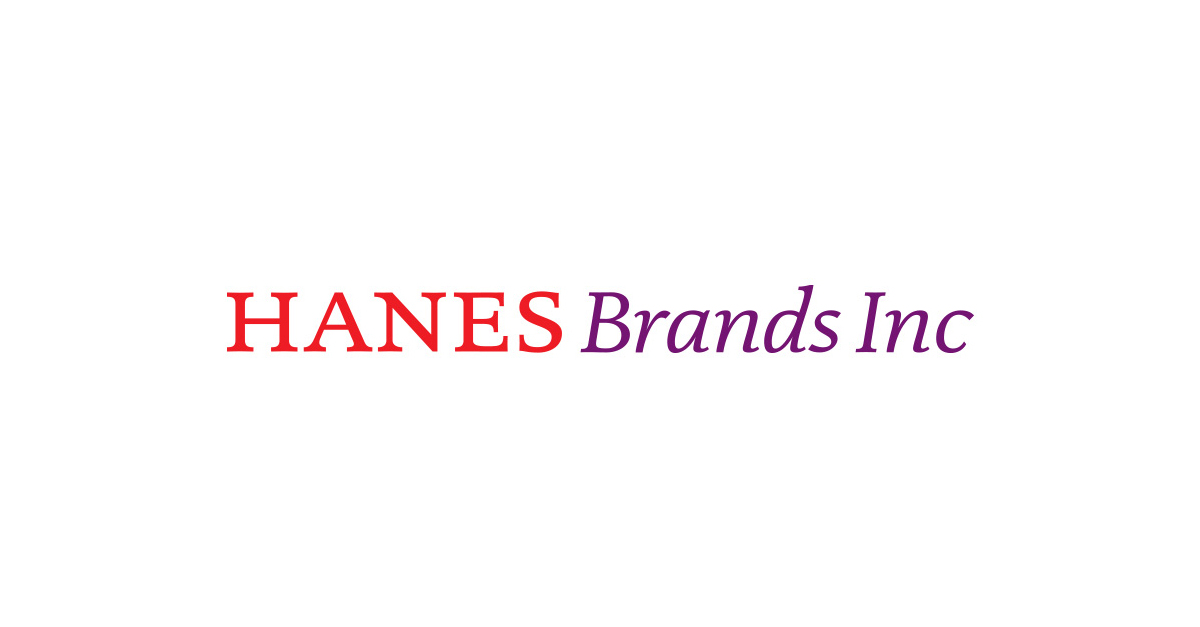It may be a good time to make sure your investment mix is on target.
by Jurrien Timmer, Director of Global Macro, Fidelity Investments
Key takeaways
- With the market within earshot of the February highs, this could be a second chance for investors to rebalance their portfolios for a more uncertain future.
- Second quarter earnings season is coming up next week, and it could be a market mover given the lack of company guidance in recent months.
- Estimates have been flatlining for weeks now, suggesting that analysts have little sense of what the upcoming earnings season will bring.
- If those estimates prove to be too low, it could be the fuel for the next up leg of this rally. But if they are too high, the market’s strong gains could be seen as too much too fast.
The first half of what will likely be remembered as one of the most tumultuous years in history is a wrap. Yes, folks, we are only halfway through 2020. Yay.
Second chance to rebalance
So here we are, in July 2020, faced with the important question of how to position our portfolios for a most uncertain future. Usually, following a large decline as we experienced from February 29 to March 23, many investors would be mourning their losses and wishing they could turn back the clock to rebalance in hindsight.
As it turns out, the universe (or rather, the Fed) may have given those investors who didn’t sell at the bottom exactly that second chance. As the chart shows below, a 60% stocks/40% bonds portfolio is within 1% of the February high, while the S&P 500 is 7% from the high.
For those investors who in hindsight were out over their skis with too much risk on the way down, this may indeed be a second chance to rebalance toward a more all-weather portfolio. It's important to build a mix of investments that aligns with your time frame for investing, risk tolerance, and financial situation. If you find that your portfolio has too much invested in stocks—or too little—it can make sense to find an investment mix with the potential to help you meet your goals over the long term that also lets you sleep at night.
So now that we are within sight of the old highs, how should we think about positioning for an uncertain future? We have COVID-19 and its aftermath to consider, as well as the upcoming US election. Then there is the question of what the unintended consequences might be of all the extraordinary coordinated fiscal/monetary policy actions that have resulted from the "coronacrisis."
In part as a result of this policy intervention, neither equities nor bonds nor cash seem to offer anything close to an attractive valuation these days. Bonds offer a 0.6% nominal yield and −0.7% real, cash is at zero, and the S&P 500 sports a modest 4.5% earnings yield.
Every investor needs to consider their own financial situation, risk tolerance and goals, but for me personally, an example of an all-weather portfolio would include secular growth equities (for their free cash flow), some deep value and non-US stocks (for their valuation), ESG equities (especially if fiscal and monetary policy ends up becoming more socially active), long bonds (for diversification), Treasury Inflation Protected Securities (TIPS—for inflation protection), and gold (to protect against an erosion of purchasing power in an era of unlimited quantitative easing).
Read more about risk tolerance and asset allocation in Viewpoints on Fidelity.com: How to start investing
Market recap
Let’s review the year so far. Year-to-date, long-term government securities and gold are in the lead with gains of +21.0% and +16.7%, respectively. TIPS and large-cap growth stocks have also been strong with gains of +16.6% and +12.9%. At the bottom are small-cap value and commodities, with losses of −24.0% and −19.3%, respectively. Close behind are REITs at −18.5%.
In terms of sectors, it has been tech and health care in the lead, with financials and energy at the bottom. In terms of regions, for the past 6 months, the US has led the world with a decline of −3%, followed by Japan at −7%, EM at −10%, and Europe at −12% (all in USD).
A pivotal earnings season lies ahead
My sense is that the market is OK here, and merely consolidating its recent gains on the way to higher highs. Until proven otherwise, I am going to assume that we are most likely in a secular bull market, driven by an aging population’s need for yield in a financially repressed world of ultra-low interest rates.
But the risk is that the market has gained too much too fast, and that the V-shaped recovery in the Purchasing Managers’ Index® (PMI®) and even payrolls will prove to be unsustainable given the increase in COVID-19 cases. This increase in coronavirus cases is forcing some states to delay and even reverse some of their reopening plans, and that risks a relapse in economic growth and earnings down the line.
Speaking of earnings, something strange has been going on in recent weeks, which could make for an interesting Q2 earnings season coming up in a week or so. Usually the estimate progression coming up to the reporting season has a downward slope (as companies guide lower), only to bounce during earnings season (as companies beat estimates).
This time around, however, the estimates have been eerily flatlining. That suggests that either the analysts are very confident in their estimates (so no need to adjust them), or they have no idea what earnings are going to be (so why bother updating their estimates). Given that companies are not providing much guidance, my guess is that it may be the latter.
That creates the potential for the upcoming earnings season to be a market-moving event. Either the estimates are too high, in which case the market is truly out over its skis, or they are too low, in which case the market will get the fuel it needs to continue higher.
The market has high expectations for earnings growth to rebound after the third quarter. We’ll find out soon if these expectations are justified.
These optimistic forecasts have so far been proven justified by the sharp reversal in PMIs. The June PMI was 52.6%—up for the second month from the April low of 41.5%. That’s about as V-shaped as it gets.
If the estimates are correct, investors will probably be proven justified in looking past the earnings abyss in Q2 and Q3 and on to the recovery on the other side. But if the flatlining estimates are more hope than reality, the current 8% consolidation could well turn into something worse.
*****
About the expert

Jurrien Timmer is the director of global macro in Fidelity's Global Asset Allocation Division, specializing in global macro strategy and active asset allocation. He joined Fidelity in 1995 as a technical research analyst.















